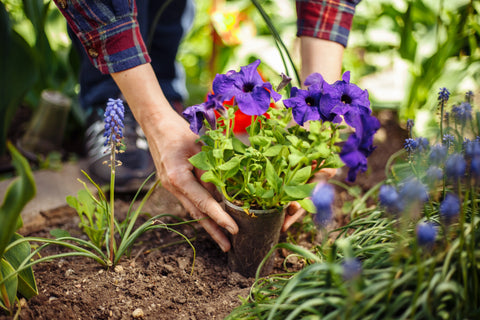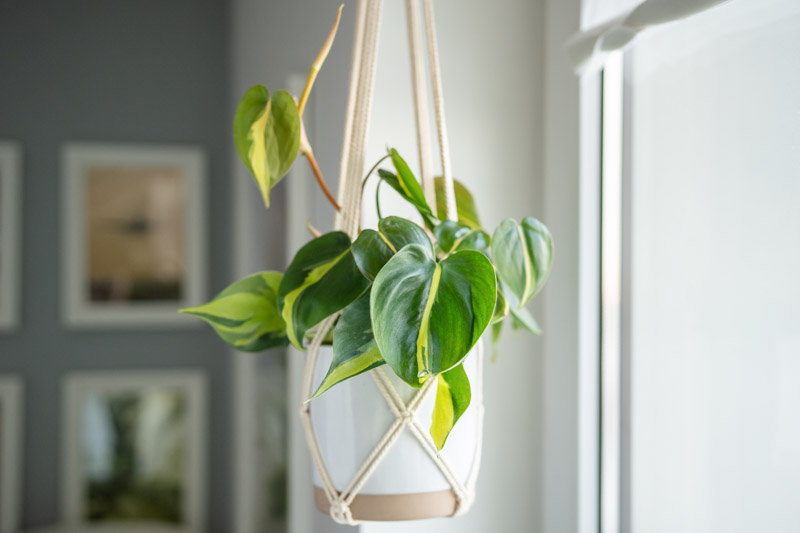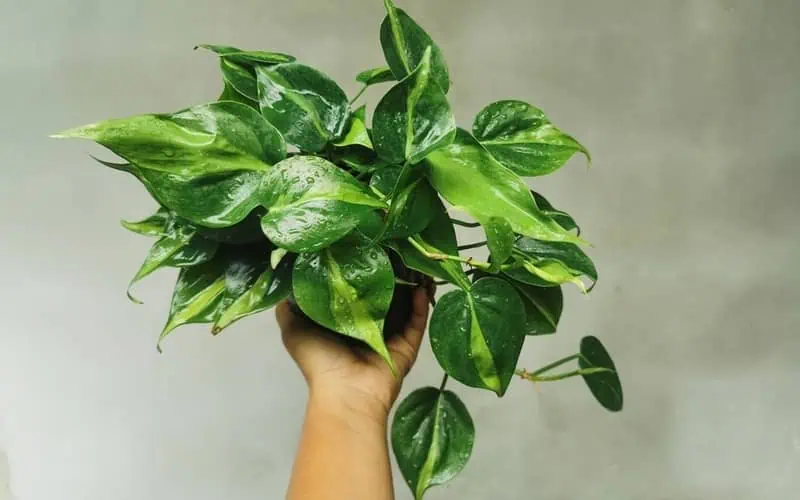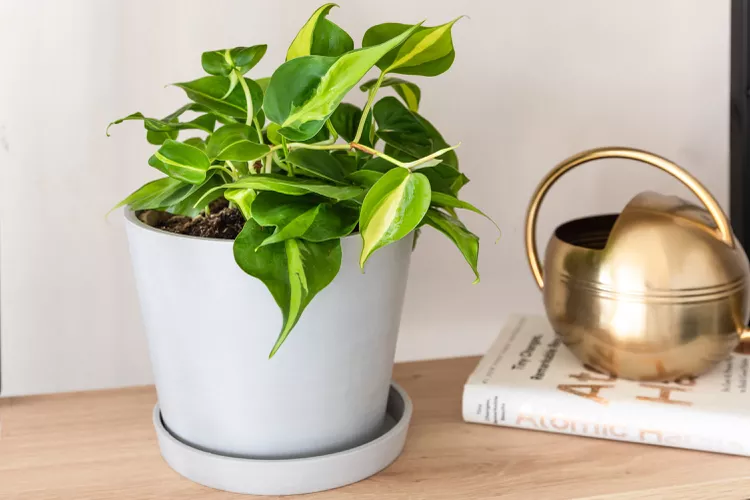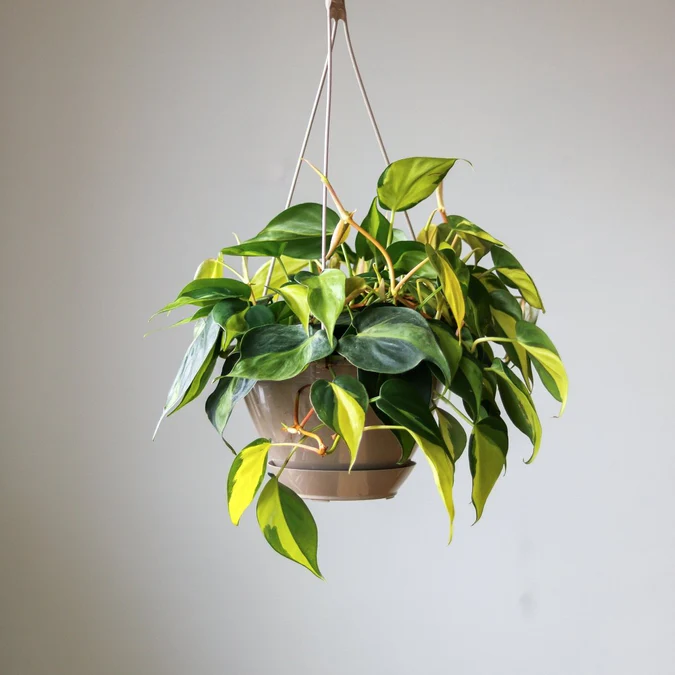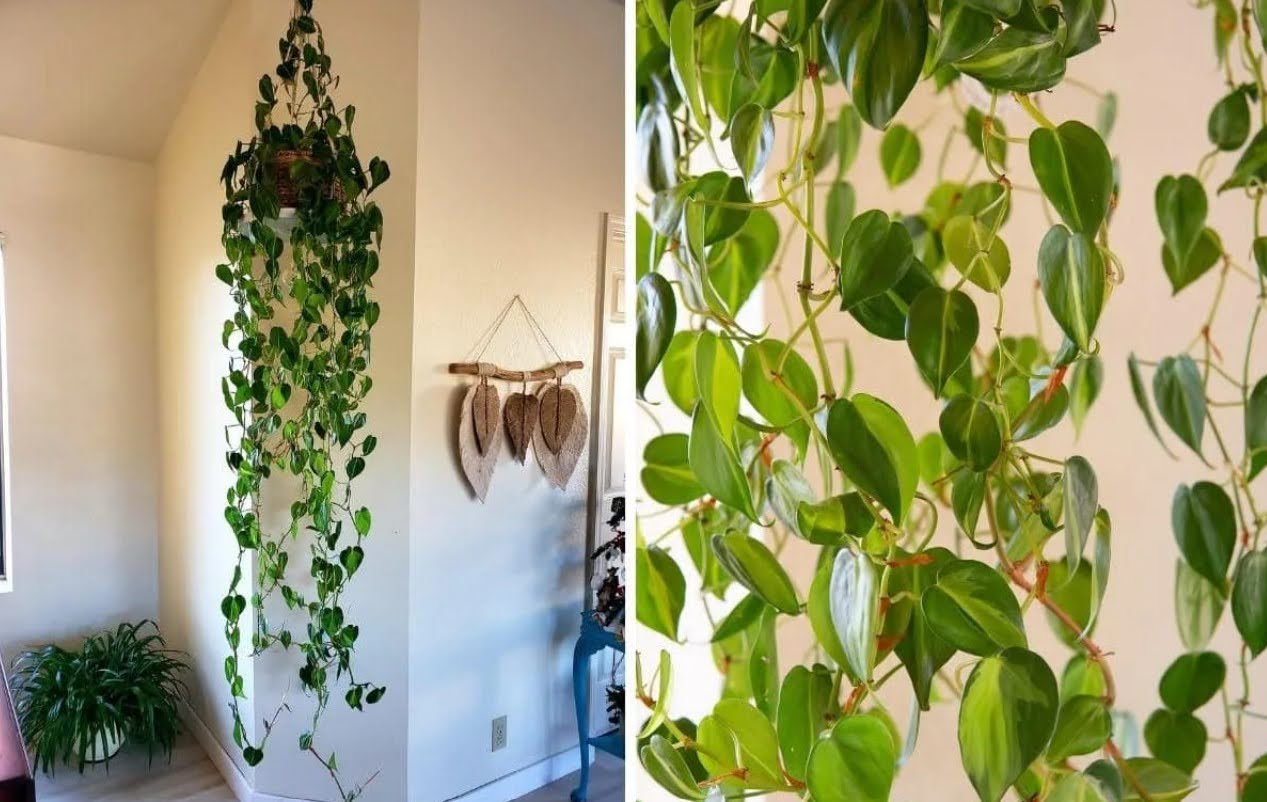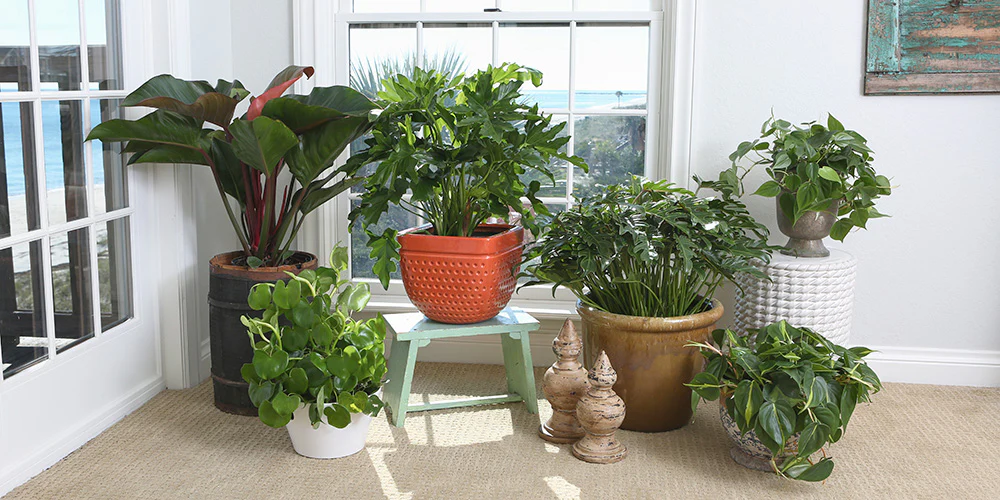1. Light Requirement: Bright indirect light. The brighter the indirect light you can give, the better your variation will be. It does well in low-light conditions, but the variegation fades, so you get all green leaves. Do not let it have direct sunlight; the leaves will get scorched.
2. Soils and Potting Mix: Aroid members belong to the Araceae family. So use a potting mix that is very well-draining for aroids. This can be the commercial mix or your mix of equal parts perlite, orchid bark, worm castings, peat moss, or coco coir. This type of mix helps good root development and does not waterlog.
3. Watering: It is good to allow the top 2-3 inches of the soil to dry out between watering sessions, as overwatering causes root rot while underwatering causes curling of leaves. A regular watering regimen applies to this plant type.


